How to Clean Your Retainer and Not Go Insane
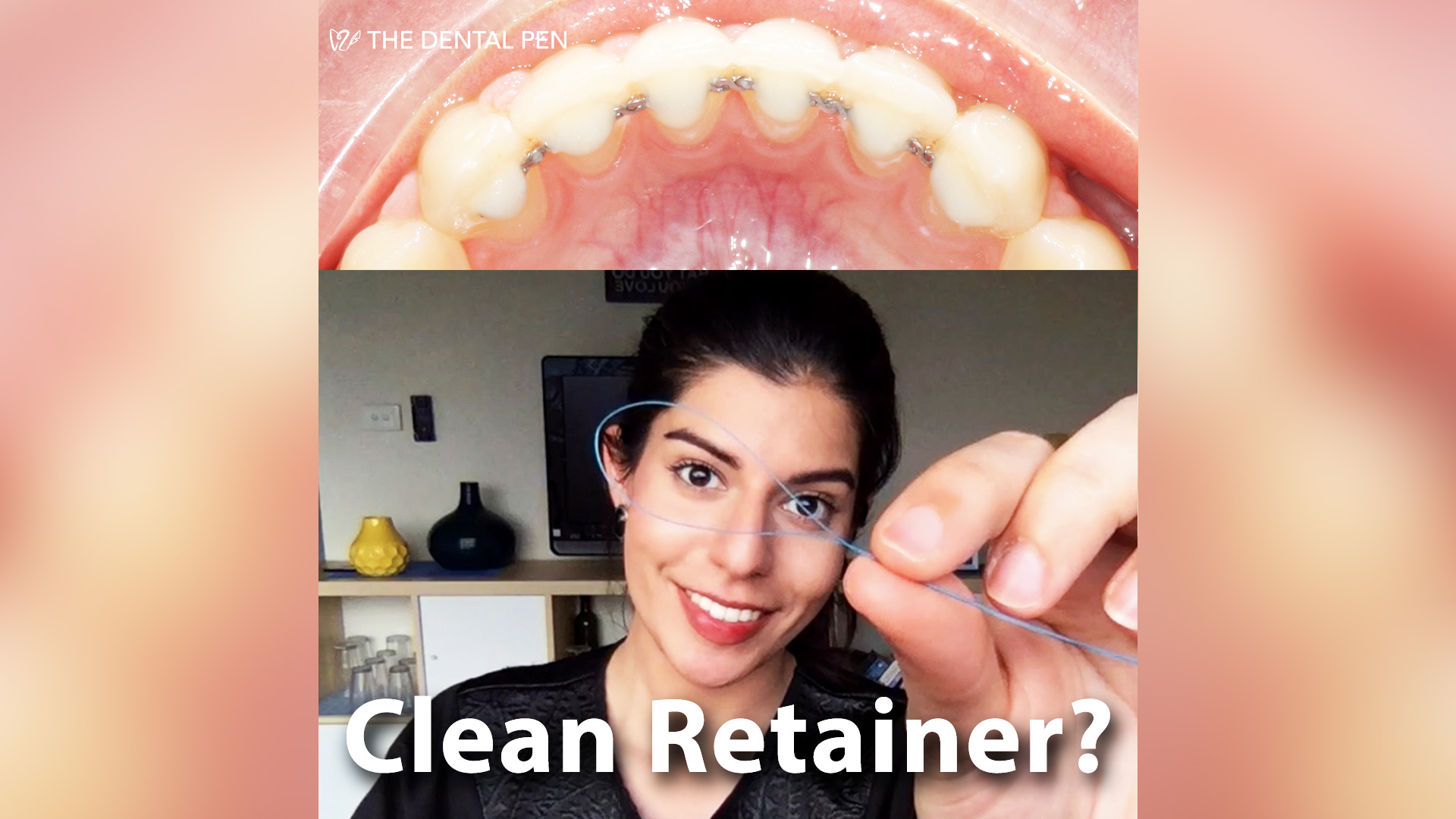
Seriously, these retainers are so difficult to clean!
This is my guide for everyday humans on how to clean your retainer without losing a finger or going completely insane!
You remember the day you got your braces off, and how liberating it felt gliding your tongue across your smooth teeth? Then a few minutes later, your dentist was attaching a metal wire to the back of your teeth, which would stay there for the rest of your life!
Essentially, the purpose of that metal wire (a permanent lingual retainer) is to prevent your teeth from moving around in the future. It looks like this.
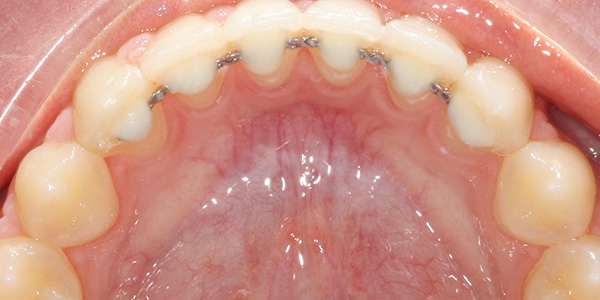
When your amazing dentist ( obvious self-promotion 😂 ) or orthodontist was attaching your permanent retainer, I'm sure they mentioned the importance of cleaning your retainer, and the techniques on how to clean it.
However, in that moment you were far too excited about getting your braces off, so all the advice you received about oral hygiene just went in through one ear and out the other…
But not to worry, this article is a quick refresher to help keep your permanent retainer clean and always fresh!
Why Should You Clean a Retainer?
Cleaning a retainer may help in preventing:
1) Cavities
- Food will often get trapped between your teeth, and sometimes under the wire. Leaving the food untouched for a long period of time, can cause tooth decay.
2) Tartar build up
- Plaque will build up under the wire and it will eventually calcify and turn into calculus (tartar). Calculus is really hard to clean with a toothbrush (even you if you have an electric toothbrush…seriously read about which toothbrush I recommend) and floss, so the only way to remove it is with a professional clean.
3) Bad breath
- Bacteria trapped in the tartar will release odours that won't be easy to mask – sometimes, chewing gum won't even help your case.
4) Gingivitis
- The tartar builds up and causes your gums to become inflamed, which will cause redness and your gums may even start to bleed during brushing. After all you don’t want to get your braces removed, get a retainer and then get gingivitis because you didn’t keep it clean.
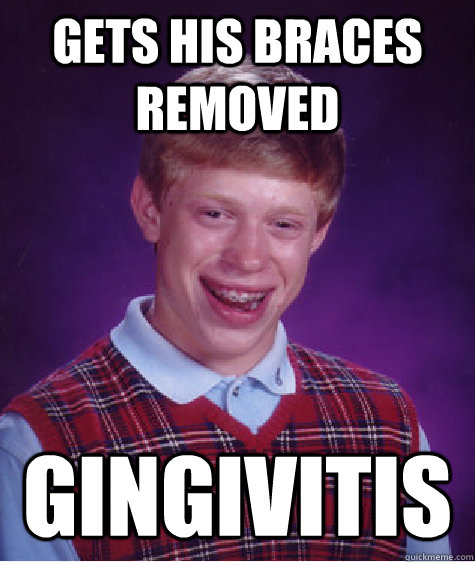
5) Gum recession
- Tartar build up can recede your gums overtime, and that isn't a very nice look. Plus, recession of the gums can also cause sensitivity issues in the long run.
6) Infections, Gum Disease, Bone Loss
- Bacteria can get trapped between your teeth and under your retainer wire. That bacteria can proliferate and lead to gum disease and bone loss, which can potentially cause your teeth attached to the retainer to fall out!
Ways to Floss Under a Permanent Retainer
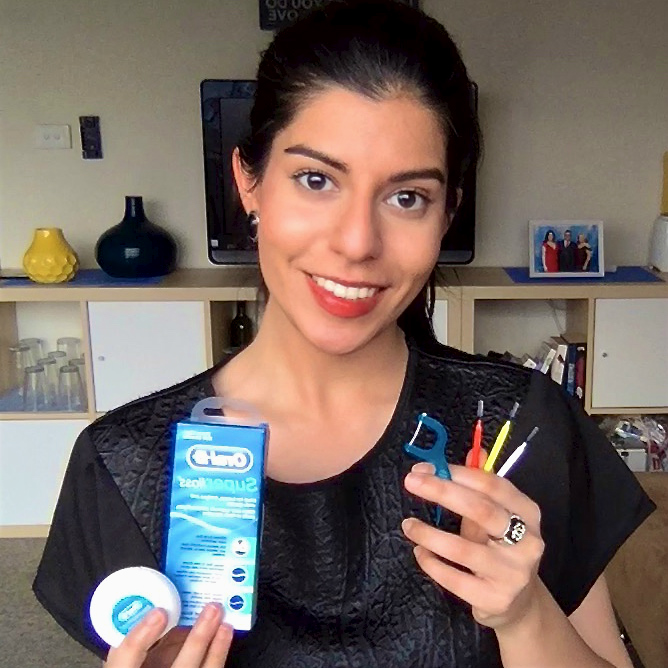
1) Floss Threaders
- The loop design can fit into the smallest spaces between teeth. The loops are reusable and easy to rinse/clean. They are not painful and they are travel-friendly. Many people don't know about these floss threaders, but they are my personal favourite. You can even use this loop to thread floss between teeth that have tight contacts, but no metal wire at the back.
- TIP: When you're putting the floss through the loop, keep one end always longer than the other.
- Not all local pharmacies carry this product, but give your dentist a call and see if they can give you a pack for free!
- The technique of using floss threaders is a bit confusing at first, but hopefully the 1-minute video below will give you a better visualization.
2) Superfloss
- A lot of patients use Superfloss, because it's well known and quite easy to use. The floss is already pre-cut with plastic attached to one end, to help you thread the floss between tight contacts and under retainer wires.
- Sometimes, patients aren't very fond of the thickness of the Superfloss. It's slightly thicker and has a fluffier texture compared to the normal floss. But it's quite effective at cleaning in between teeth.
- You can purchase Superfloss at many local pharmacies
3) Small Brushes, "Picks", Water flosser
- all of these are flossing techniques you can use to clean under the metal retainer, but they are not the gold standard.
- The brushes/picks are sometimes too big to fit under the wire, and it's hard to move them around once they are under the wire.
- Water jet flossers do reduce plaque and gingivitis to some extent, according to scientific journal articles. However, thread flossing has proven to be the gold standard. So keep that in mind if you want to use/buy a water flosser.
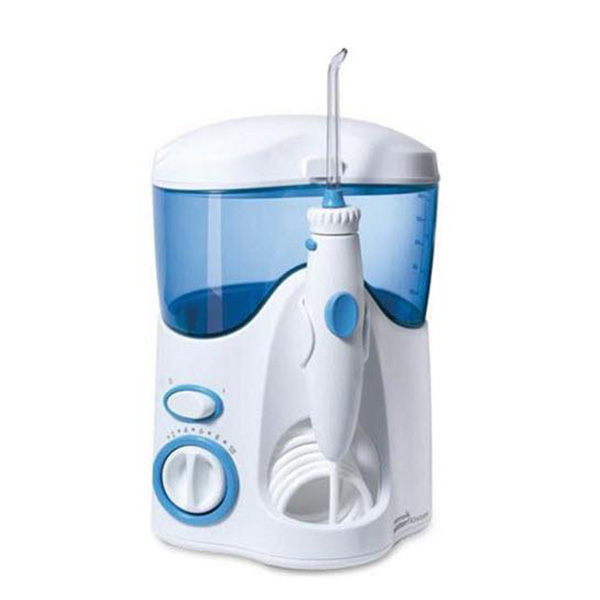
It is recommended that you floss every day, especially if you want to save money in the long run and avoid root canals, fillings, veneers, implants, etc.
However, I have to admit the truth. Since this blog is all about being honest and having realistic goals, I have to admit that for a huge chunk of my life, I didn't floss every day! And when I realized its importance, I still couldn't get myself to floss every day. I just wasn't used to allocating time to flossing, nor did I have the motivation to do it. So I started very gradually. I flossed 3-4 times a week, till I got to the point where I genuinely enjoyed flossing…and now I floss every day! 😄
One of the things I did to motivate myself in the beginning was to put my floss on my bedside table and I would play my favorite song before bed, while I flossed. Sometimes, flossing can feel like a chore, but trust me, once you start, you'll love the feeling of a clean mouth.








